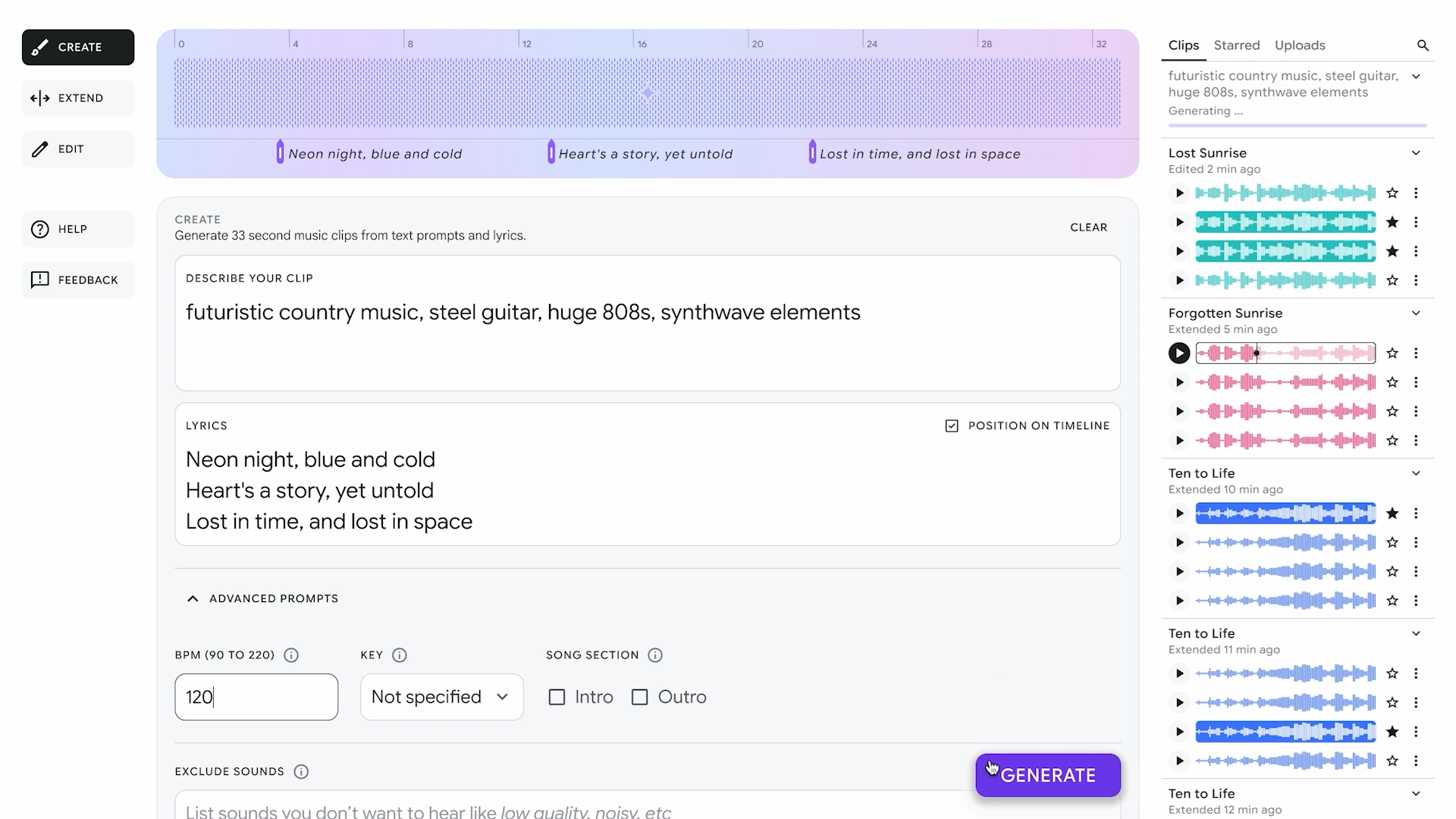Exploratory Data Analysis
Exploratory Data Analysis EDA is an approach to analyzing data sets that summarizes their main characteristics, often using visual methods. It helps you determine if the data is usable as-is, or if it needs further data cleaning. EDA is also important in the process of identifying patterns, observing trends, and formulating hypothesis. Common summary statistics for EDA include finding summary statistics and producing visualizations. Feature Engineering and Variable Transformation Transforming variables helps to meet the assumptions of statistical models. A concrete example is a linear regression, in which you may transform a predictor variable such that it has a linear relation with a target variable. Common variable transformations are: calculating log transformations and polynomial features, encoding a categorical variable, and scaling a variable.
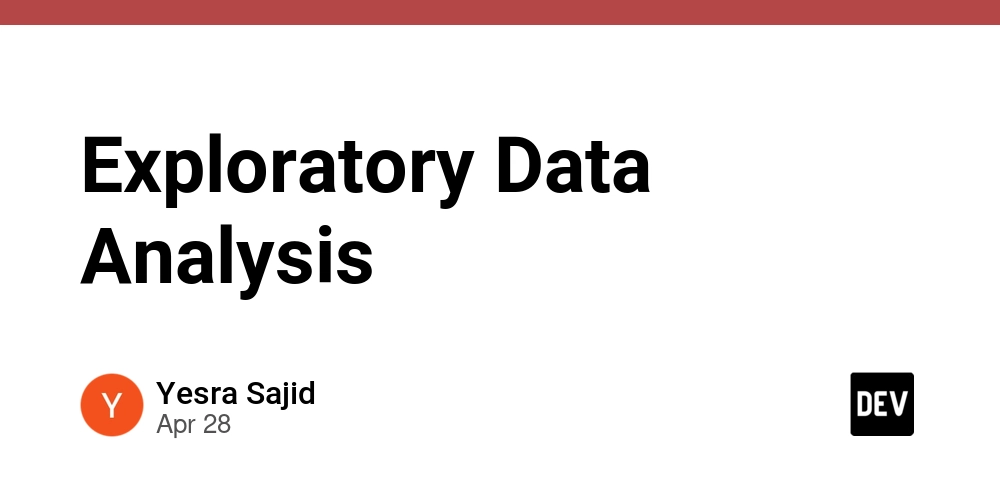
Exploratory Data Analysis
EDA is an approach to analyzing data sets that summarizes their main characteristics, often using visual methods. It helps you determine if the data is usable as-is, or if it needs further data cleaning.
EDA is also important in the process of identifying patterns, observing trends, and formulating hypothesis.
Common summary statistics for EDA include finding summary statistics and producing visualizations.
Feature Engineering and Variable Transformation
Transforming variables helps to meet the assumptions of statistical models. A concrete example is a linear regression, in which you may transform a predictor variable such that it has a linear relation with a target variable.
Common variable transformations are: calculating log transformations and polynomial features, encoding a categorical variable, and scaling a variable.


























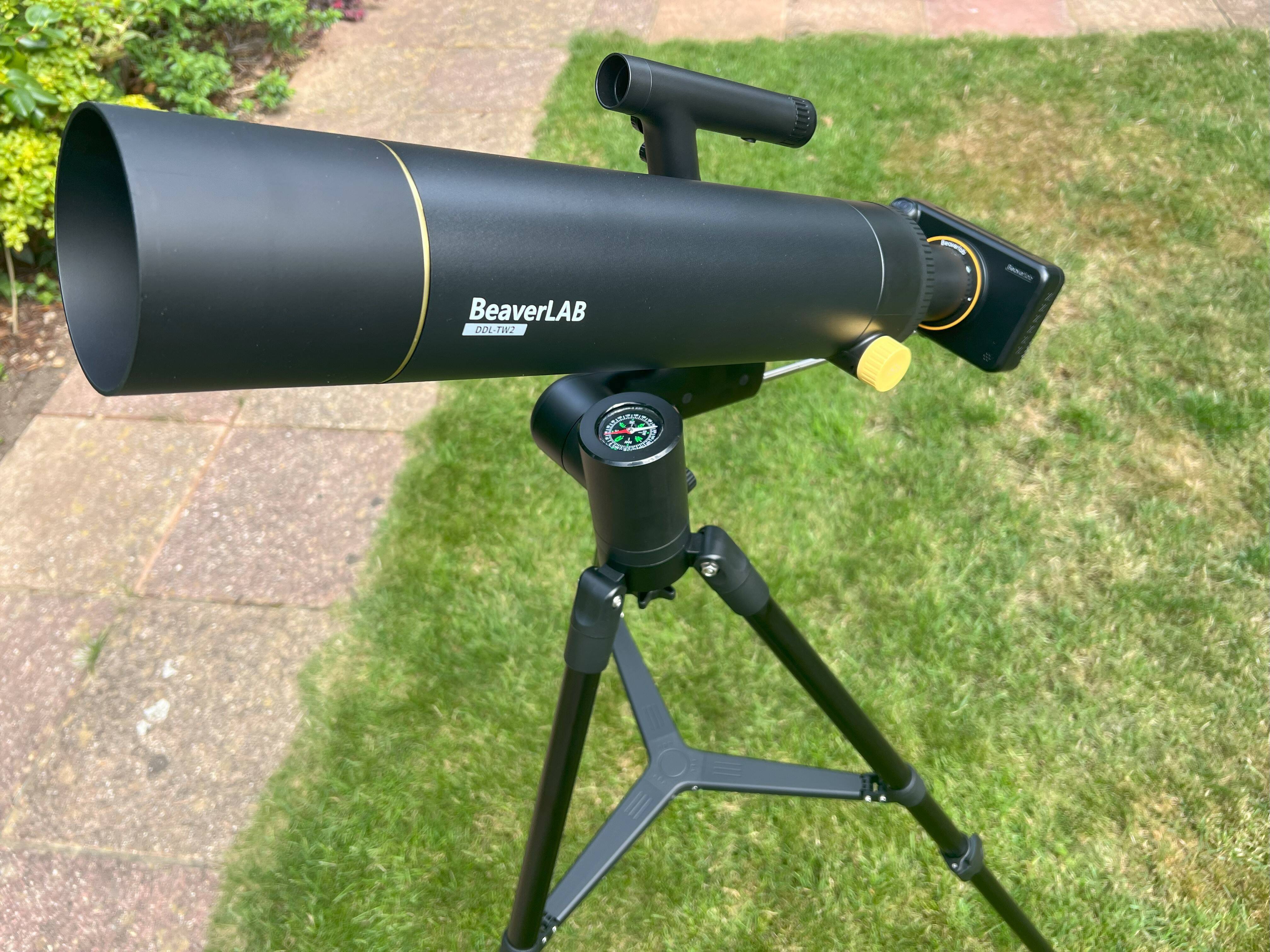








































































































































![[The AI Show Episode 143]: ChatGPT Revenue Surge, New AGI Timelines, Amazon’s AI Agent, Claude for Education, Model Context Protocol & LLMs Pass the Turing Test](https://www.marketingaiinstitute.com/hubfs/ep%20143%20cover.png)










































































































































































































































































_Muhammad_R._Fakhrurrozi_Alamy.jpg?width=1280&auto=webp&quality=80&disable=upscale#)
_NicoElNino_Alamy.jpg?width=1280&auto=webp&quality=80&disable=upscale#)



















































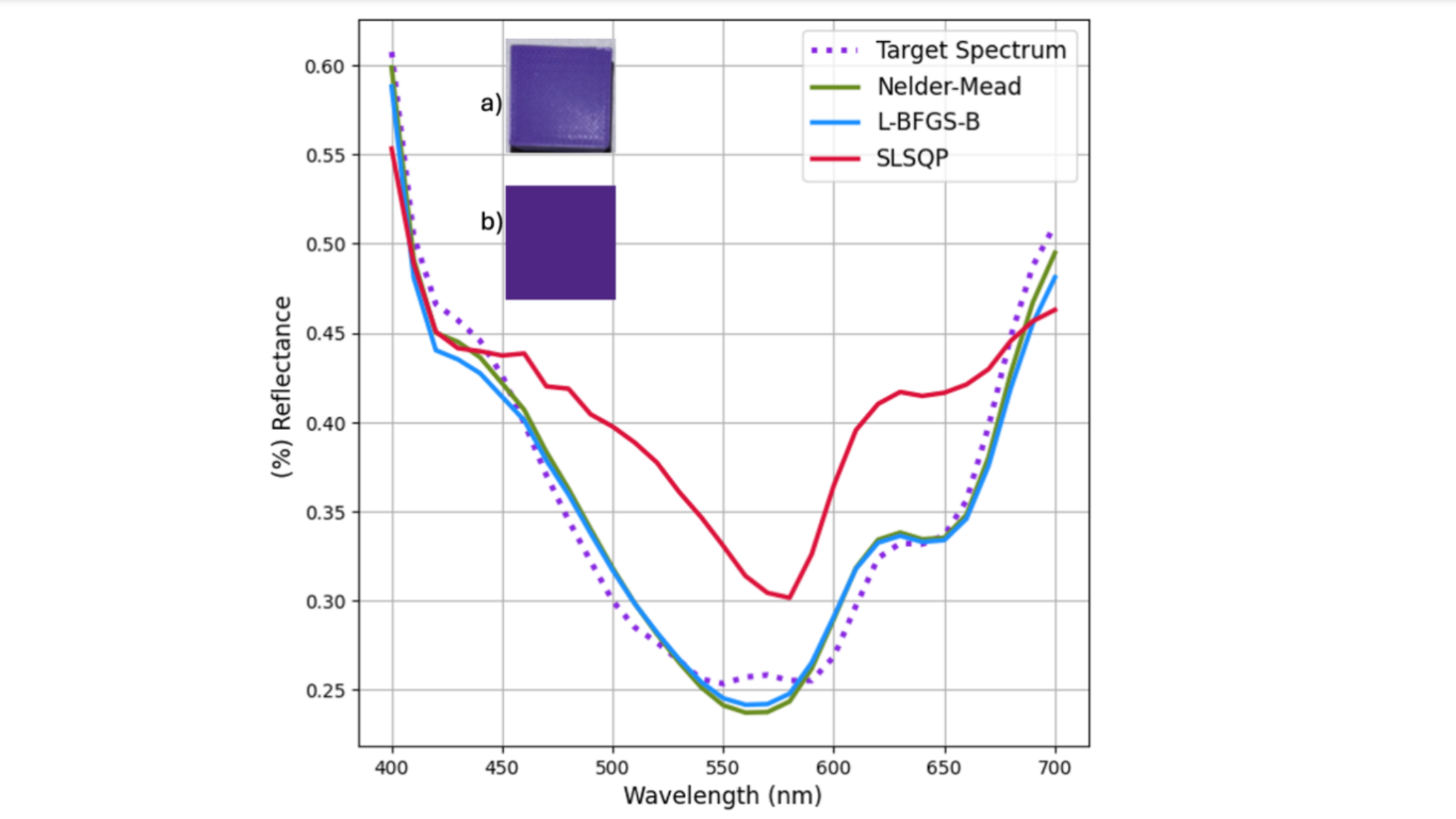


















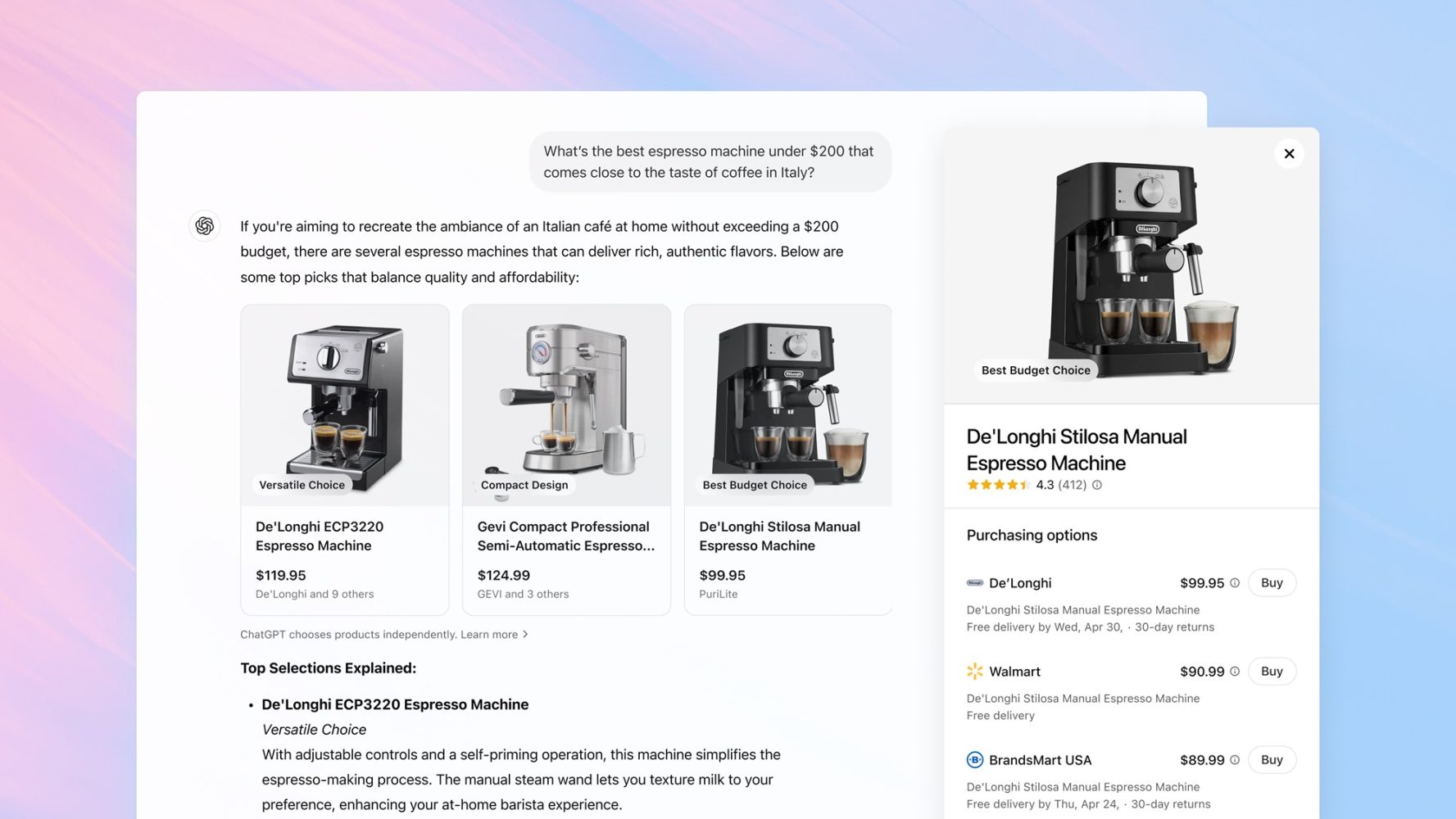
































![AirPods Pro 2 With USB-C Back On Sale for Just $169! [Deal]](https://www.iclarified.com/images/news/96315/96315/96315-640.jpg)
![Apple Releases iOS 18.5 Beta 4 and iPadOS 18.5 Beta 4 [Download]](https://www.iclarified.com/images/news/97145/97145/97145-640.jpg)
![Apple Seeds watchOS 11.5 Beta 4 to Developers [Download]](https://www.iclarified.com/images/news/97147/97147/97147-640.jpg)
![Apple Seeds visionOS 2.5 Beta 4 to Developers [Download]](https://www.iclarified.com/images/news/97150/97150/97150-640.jpg)
















